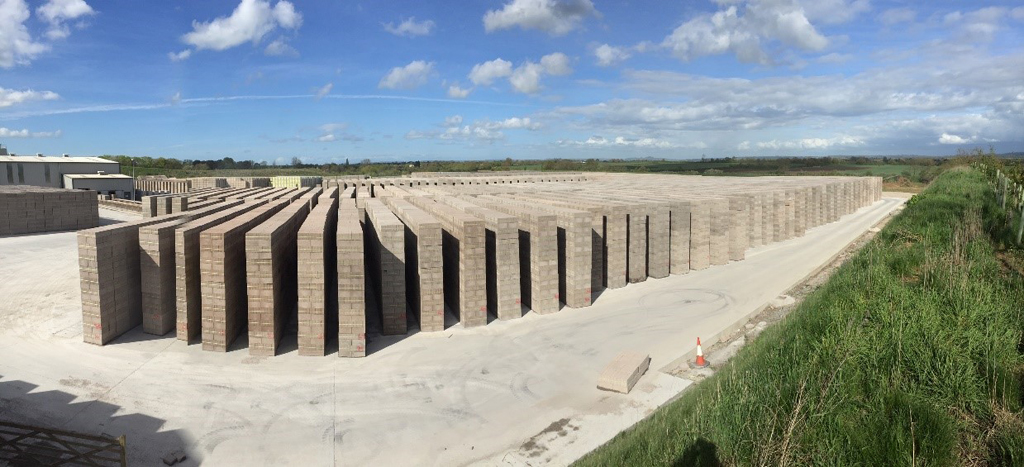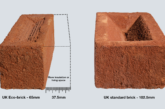Christopher Stanley, Housing Manager at The Concrete Block Association, investigates some key ways to achieve better energy efficiency.
The way we use energy in the home has undergone a huge transformation in the last century. The digital revolution is driving this change and has gifted us tools such as smart meters, with low-carbon energy no longer uncommon in a domestic setting.
A 2016 survey, Connecting with homeowners: making energy efficiency relevant reassures us that public awareness is indeed growing. 90% of those polled had completed a home improvement that included an energy efficiency upgrade.
However, considering the impact of the building materials needs to come before excitement over futuristic gadgets. By all means, let’s incorporate tech, but it’s essential to first understand the importance of the fabric of the building and the way materials are specified. A solid understanding of energy efficiency enables developers and housebuilders select the most appropriate materials available for a particular build.
Balance is everything
A high-performing building envelope is always the first consideration when reducing the energy needed for heating or cooling. Appropriate insulation, glazing and windows, as well as airtight construction and minimisation of thermal bridges are all necessary. Being flexible with the shape and orientation of the building is not always possible, although they also play a role.
However, balance is everything. A home should not be made overly airtight, as this would result in poorer air quality and lack of moisture control; a certain air change rate is needed. As the Energy Savings Trust piece concedes, we have to consider natural energy gains from people, appliances and the sun to rule out overheating.
After the building envelope, ventilation needs to be addressed. In the future we will have smart ventilation controls at our disposal, managing our system for high performance controlled ventilation. They will enable us to reduce energy thrown away with extracted air, therefore minimising energy wastage.
The impact of a thermal bridge
Although new build housing has improved dramatically in the last quarter of a century thanks to successive changes to Approved Document Part L, there is more room to optimise. Even with better airtightness and insulation, thermal bridging remains a problem.
Thermal bridges significantly add to heat loss, occurring along the lines of intersection between different elements, for example breaks in insulation. An area where an element with a higher thermal conductivity penetrates the insulation can also create a thermal bridge. Up to 30% of a building’s heat loss can be caused by a thermal bridge, and the negative impact is heightened the better the insulation elsewhere in the structure. It’s crucial we pay greater attention to this during the planning stages of a build.
Developers naturally want to find the most economic way to comply with Part L. To help reduce the overall cost of the build, many of our CBA accredited manufacturers supply thermal bridging details.
Thermal bridging Ψ (Psi) values have to be calculated for specific details. Armed with an understanding of this, developers will be able to select the right product. The details and corresponding independently-calculated Ψ values for masonry construction are available on the CBA website.
U-values: challenging but crucial
To ensure the building envelope is high-performance and a house therefore sufficiently energy efficient, it’s crucial to find the appropriate U-value (thermal transmittance) and know how this can be achieved, but the necessary calculation is complex.
Our U-value calculator is simple and free-to-use. It’s aimed specifically at those unfamiliar with how to identify this critical number. It’s highly accurate, and can be used as a starting point even if more detailed calculations are needed.
At the CBA, we’re always researching to find new solutions and tools to benefit the wider construction and housebuilding industry. Our calculator is just one example of our efforts to meet the ever-increasing demands on the industry across the UK.










